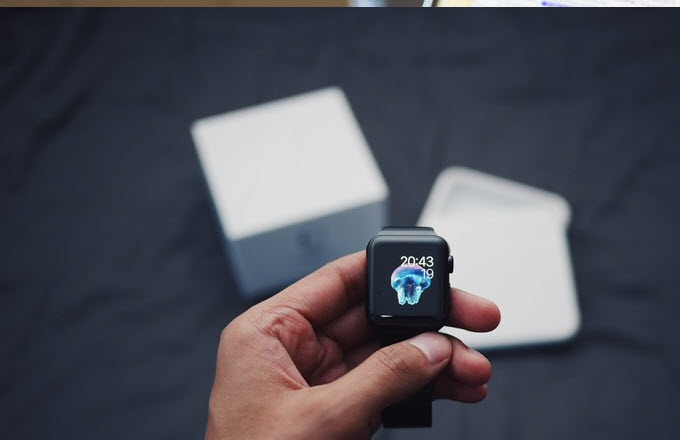At E3 this past summer, AMD announced four new GPUs that would make up its next-generation product family: The Radeon Fury X, the Fury, the Fury Nano.
In person, the card is every bit as impressive as it looks in pictures. At six inches long, it’s actually shorter than the first 3D accelerator I ever bought, the Diamond Monster II. GPUs have gotten larger and smaller over the years, but I don’t ever recall AMD or Nvidia fielding a GPU this small at the high end of the product stack. This opens up all manner of interesting system possibilities for mini-ITX or small form factor enthusiasts, and that’s the audience that AMD wants to target with this card.
One note: We don’t currently have data to share on how the Nano performs specifically in a mini-ITX configuration. The chassis that we ordered for the review shipped late and missed its plane. As a result, our Coolermaster Elite 110 is currently sitting in Newark, NJ. For now, we’ve decided to review the card against both the GTX 970 Mini and its full-size cousins and competitors from AMD and Nvidia in a full-size ATX chassis. AMD may have a different market in mind for this GPU, but there’s no reason it can’t be used in a full-size chassis — and users interested in purchasing one may want to know its performance characteristics in different thermal environments.
The Nano is the smallest high-end GPU we’ve ever tested and the card’s cooler and heatsink are clearly high-class, but the price gap between the R9 Nano and its closest competitor is nothing to sneeze at. The GTX 970 Mini is a $355 GPU, going up against a $649 Nano. That’s a high bar to clear, and if you’re looking to the Nano to justify it strictly on performance grounds, you’re going to be disappointed. The Nano is more complicated than that, for reasons we’re going to be discussing.
Like the R9 Nano, the Asus GTX 970 Mini is a small GPU at 6.7-inches long with a double-wide PCIe slot, two DVI ports, HDMI, and a DisplayPort. Asus clocks the card at 1088MHz base and 1228MHz boost — a hair above Nvidia’s stock 1050MHz / 1178MHz configuration.
We tested the Nano in our Core i7-5960X testbed (Haswell-E) with 16GB of DDR4-2667 and Windows 8.1 with all patches and updates installed. While we intend to update to Windows 10 in the near future, our previous testing was all done with Windows 8.1, and we chose to maintain that continuity rather than upgrading mid-cycle.





















